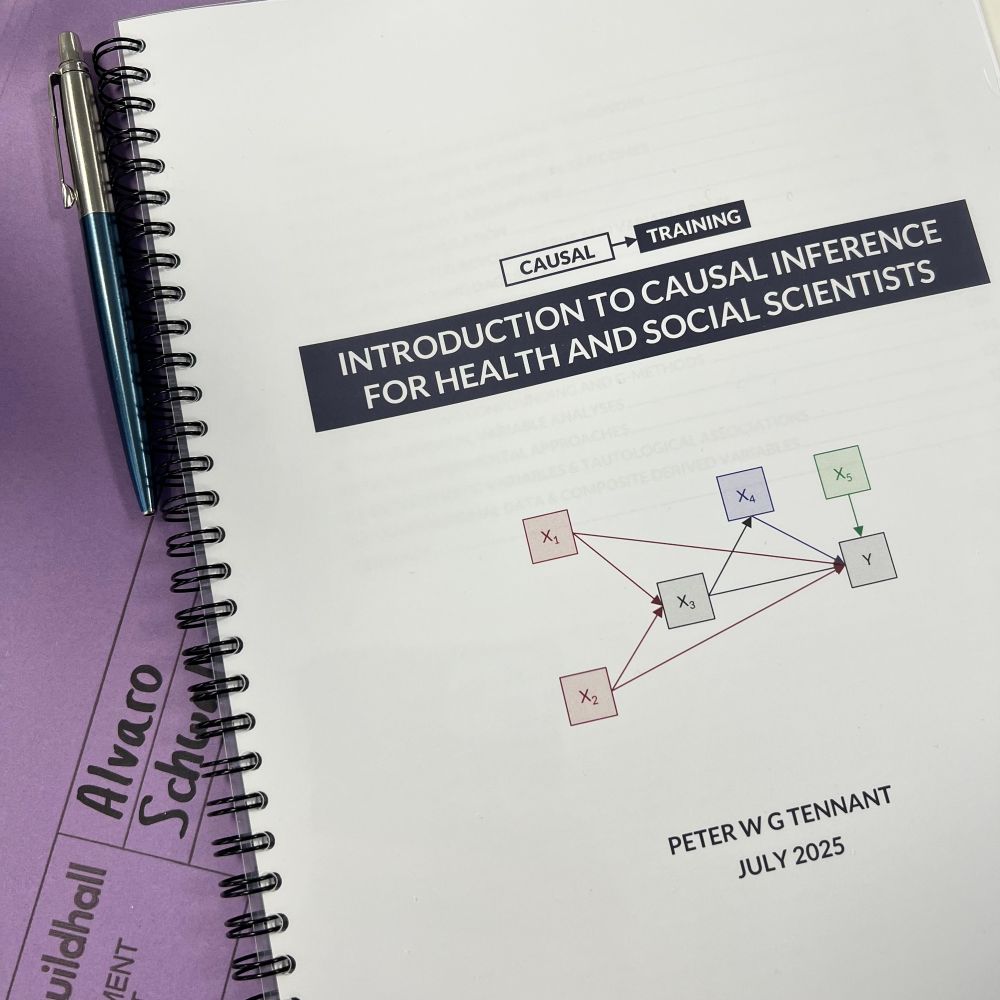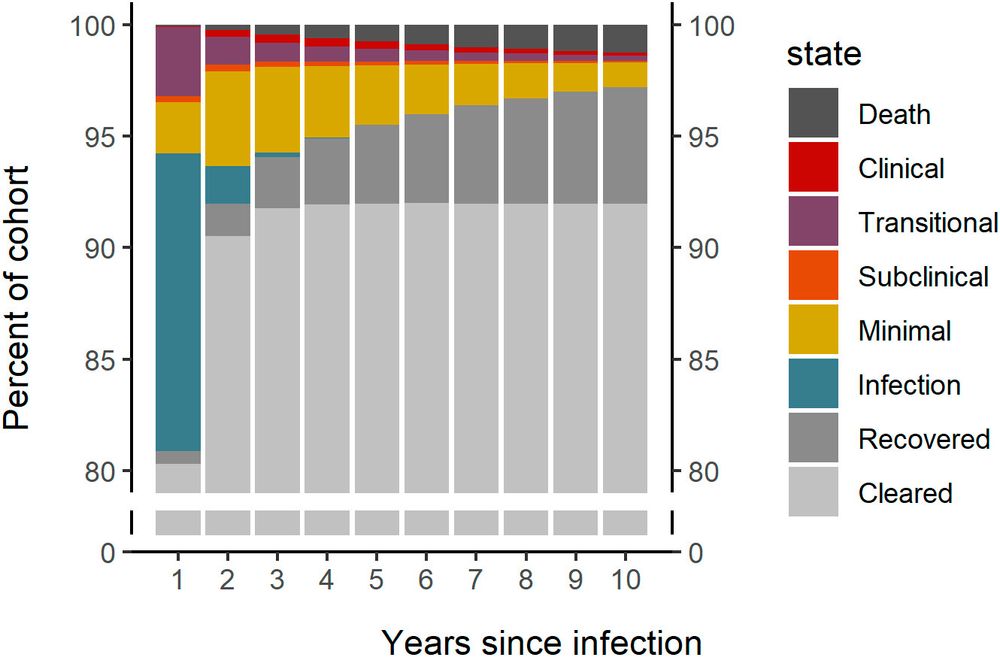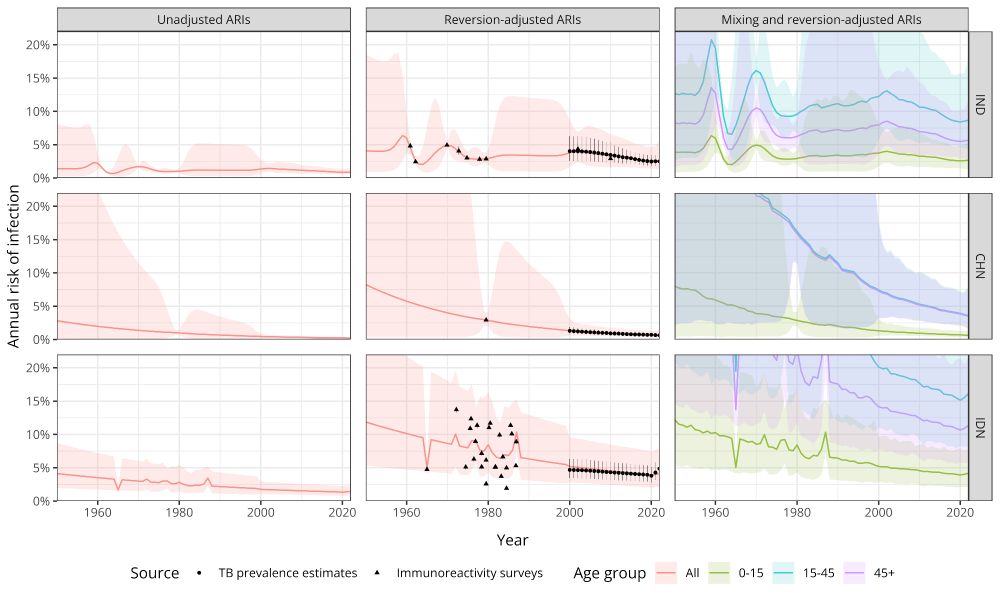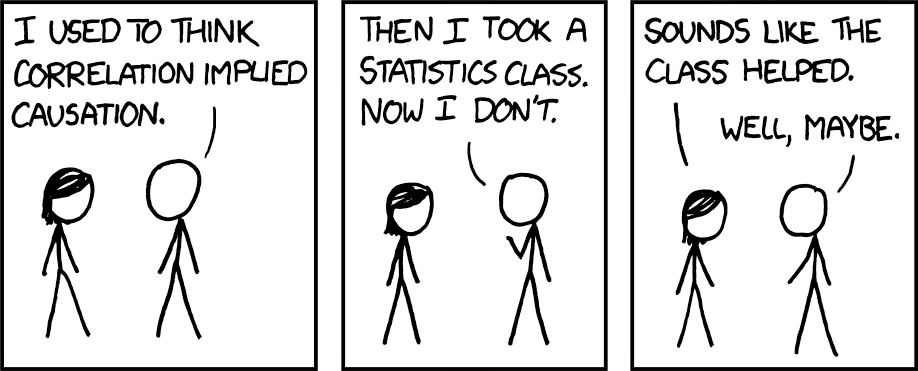
🇵🇪 in 🇬🇧 | Tell your dog I said hi


NOT YET PEER-REVIEWED

NOT YET PEER-REVIEWED
NOT YET PEER-REVIEWED

NOT YET PEER-REVIEWED
NOT YET PEER-REVIEWED

NOT YET PEER-REVIEWED
NOT YET PEER-REVIEWED

NOT YET PEER-REVIEWED

NOT YET PEER-REVIEWED

NOT YET PEER-REVIEWED
NOT YET PEER-REVIEWED

NOT YET PEER-REVIEWED
NOT YET PEER-REVIEWED

NOT YET PEER-REVIEWED

NOT YET PEER-REVIEWED.

NOT YET PEER-REVIEWED.





